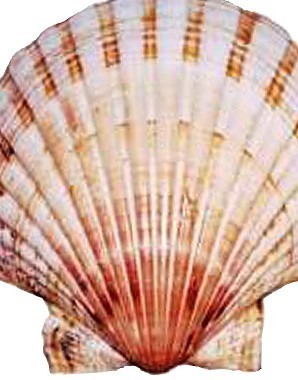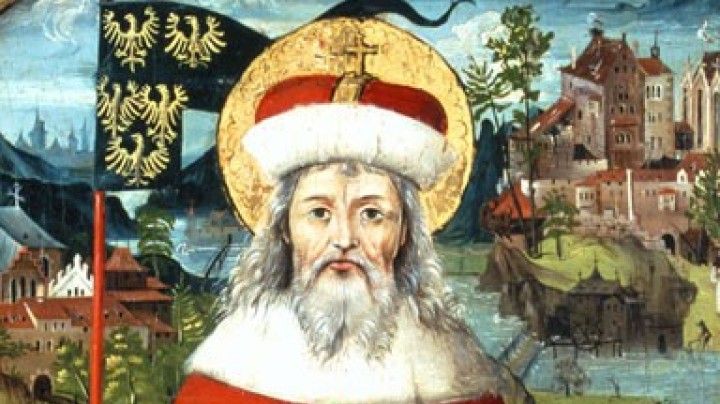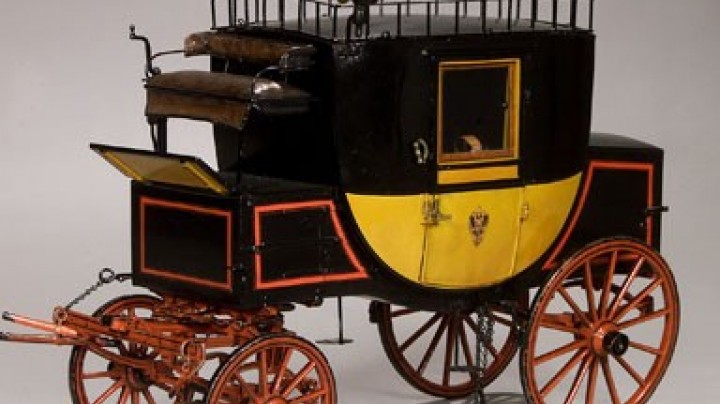Off to the ‘holy places’ – Pilgrims and pilgrimages in the Middle Ages
People who went on pilgrimages could expect not only to find religious salvation but also to have to spend a considerable amount of money.
Since the fifth century Christians had been making more and more pilgrimages – out of piety or because of vows they had made or penance they were required to do. They also hoped that they would find a cure or at least relief for their physical afflictions. In the Middle Ages it was mainly places with famous religious relics that the pilgrims visited, in later centuries those where there had been religious apparitions.
However, there was not only a religious but also a financial side to pilgrimages. First the journeys had to be paid for, and pilgrims were faced with a whole range of costs: board and lodging, personal hygiene, clothing and shoes, tolls for the use of roads and bridges, permits and passports, as well as alms for the needy, votive offerings and many other items. While some pilgrims set off more or less without any money and paid their way by doing harvest work, others received financial suppport from relatives, friends or neighbours. Many of those who went on pilgrimages also took goods or valuables with them which they sold as they went along, or they acted as messengers. As a result the line between trade and pilgrimages was sometimes blurred.
Pilgrimages brought money into circulation and were thus also of economic importance. It cost money to put up and maintain shrines and to pay the clergy employed at them, and so did the upkeep of roads, bridges and hostels. The trade in relics and devotional objects as well as the sale of guidebooks for pilgrims also constituted a branch of the economy. In addition pilgrimages created demand for a whole range of services. For example, rich pilgrims could afford to employ companions who acted as guides or interpreters. It was also by no means unusual to send a ‘substitute’ on a pilgrimage, who would receive payment or some other form of remuneration.















